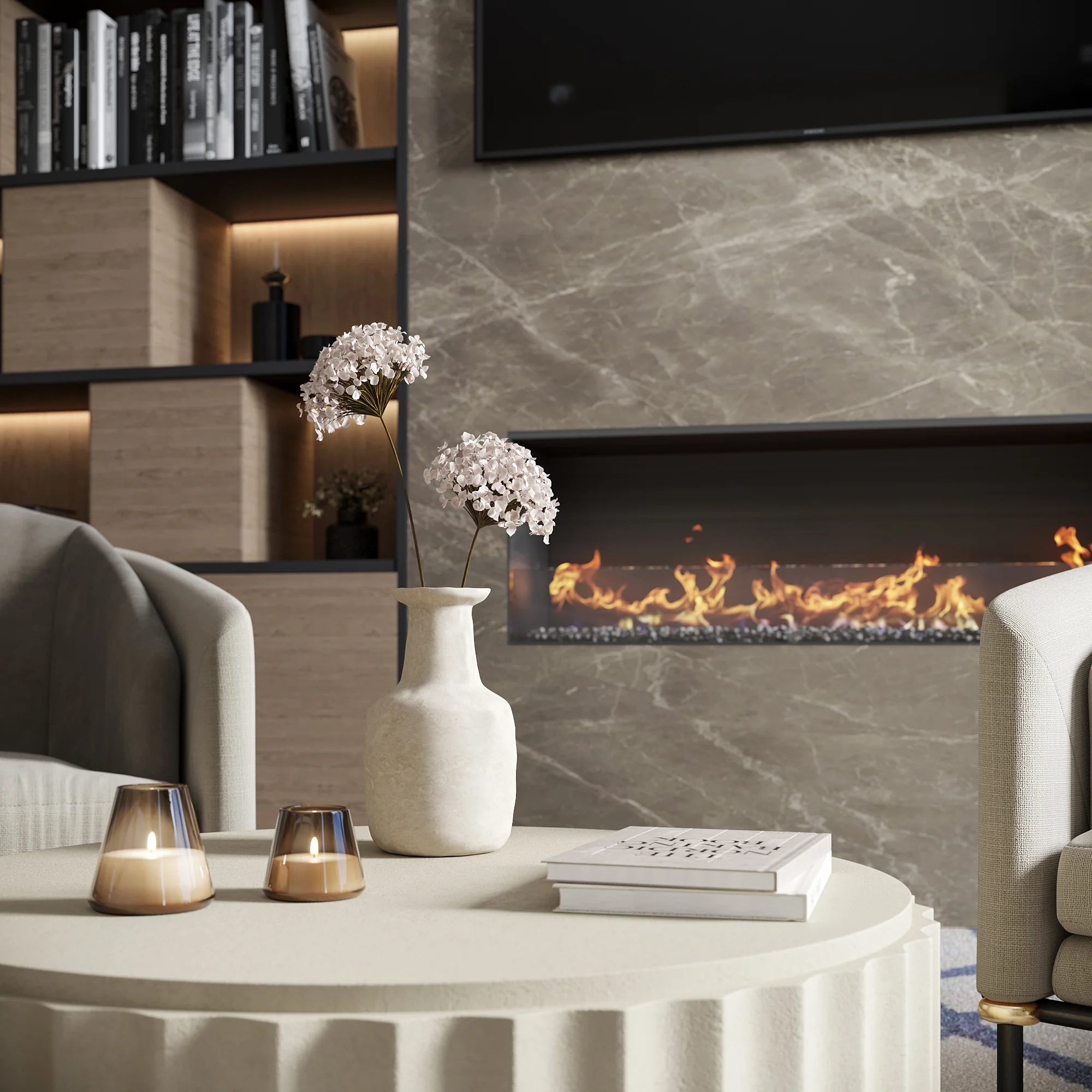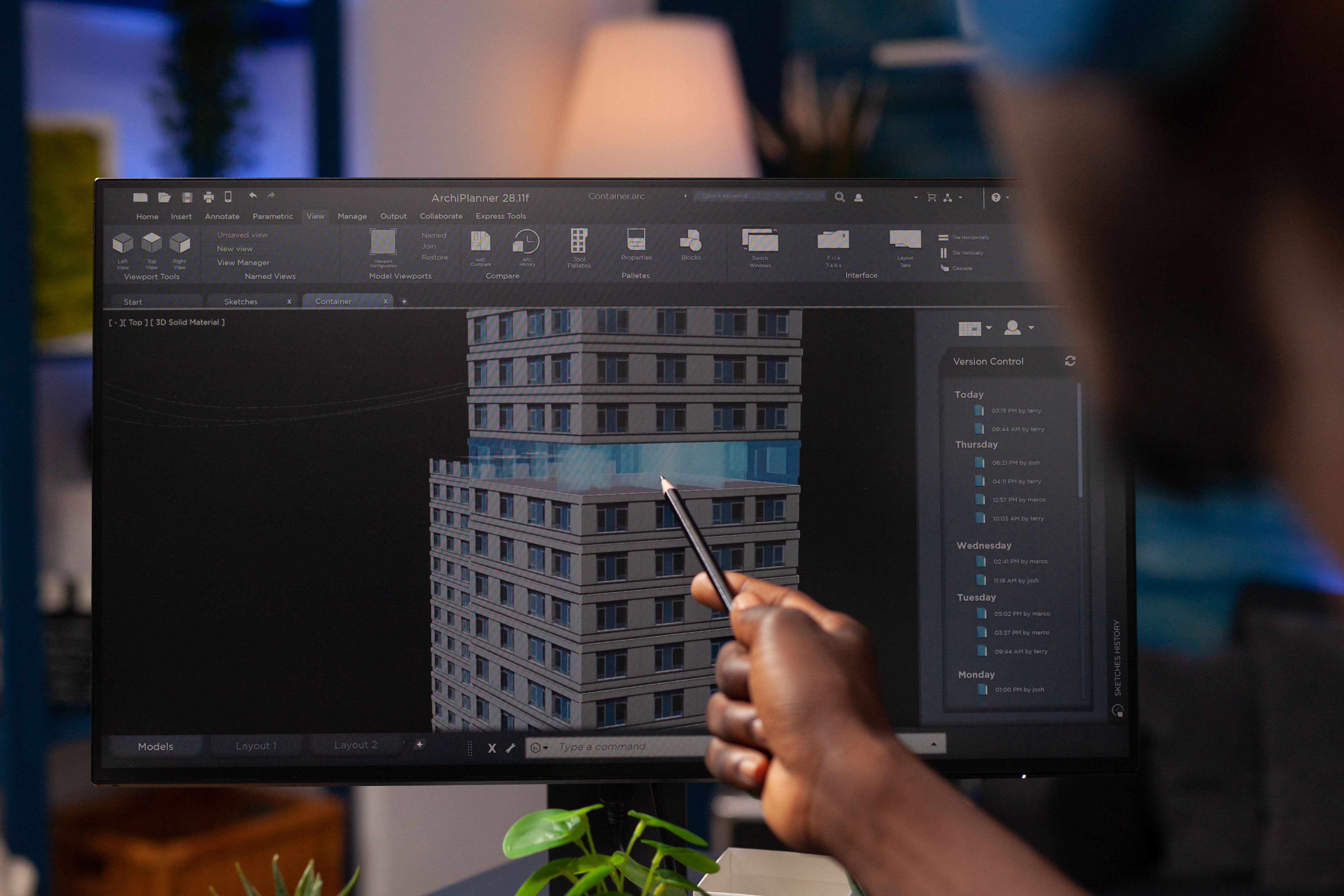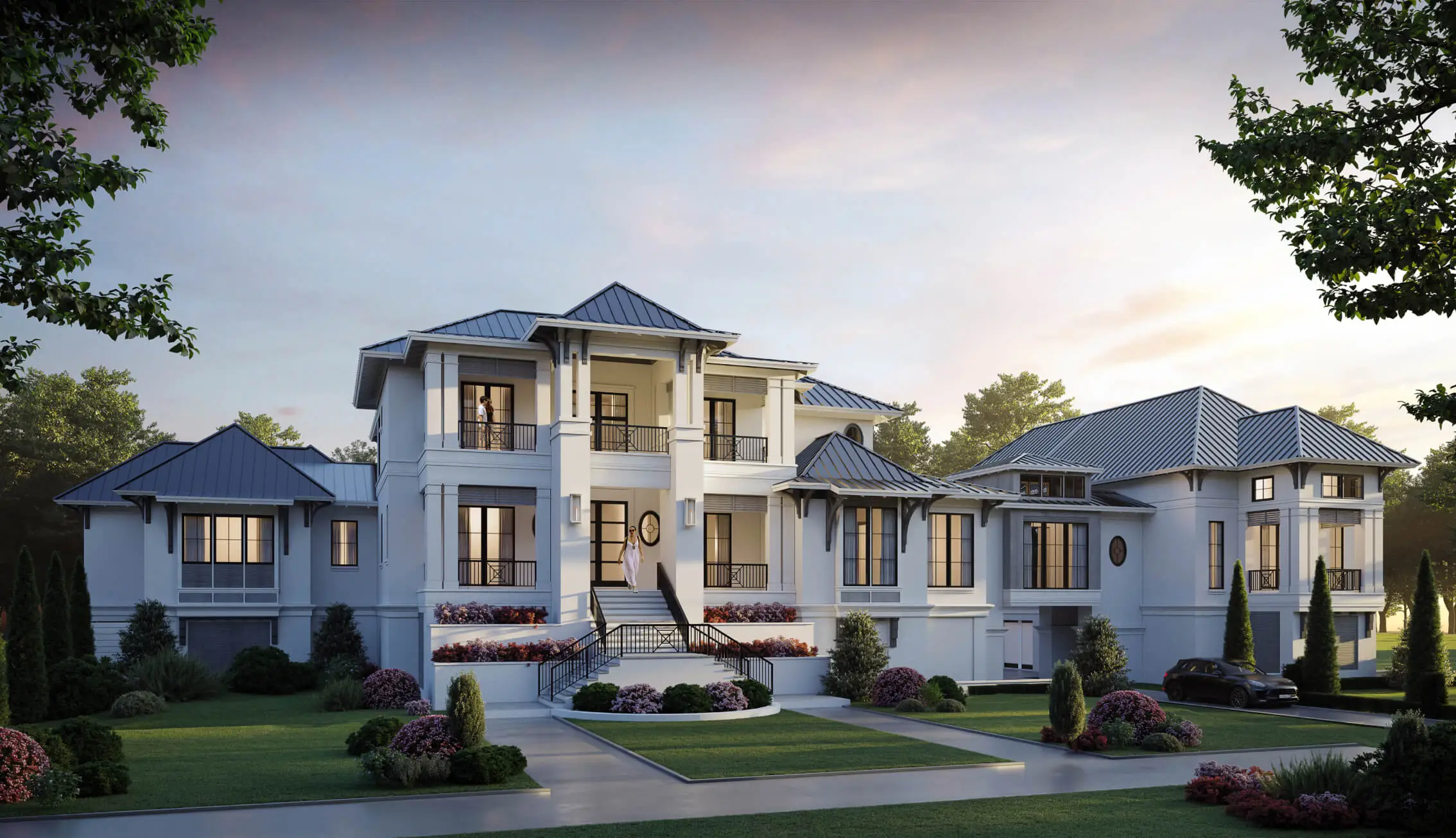What should you expect from interior renderings in 2025? Use this quick guide to structure feedback and sign-offs with your provider and get standout results that power your marketing.
Ask any seasoned interior designer to list their daily roles and you'll hear something like this: interior architect, account manager, project coordinator, digital strategist, and, sometimes, a part-time therapist. Today’s interior designer does much more than decorate a space—they manage businesses, build trust, and sell a vision.
In that mix, interior rendering becomes both indispensable and easy to undervalue.
Almost every interior designer who comes to us for 3D interior rendering services has either tried hiring a junior in-house visualizer or has outsourced interior 3D renderings to freelancers or offshore studios. And yet, they often end up switching to us. Why?
Because the stakes have changed. And because most 3D visualization companies still operate like it’s 2016.
Most interior designers don’t have time to render (and shouldn’t)
In our experience, the overwhelming majority of mid-sized design studios and independent interior designers outsource some or all of their 3D interior rendering tasks.
That’s because in-house visualization:
- Takes time to manage and train junior staff
- Adds complexity with software updates and asset libraries
- When done in a hurry, it rarely meets the quality standards required for client-facing work
As an interior designer, your time is better spent crafting spatial logic, pitching ideas, and managing relationships, not lighting a rendering scene in V-Ray or mentoring someone to do so.
What interior designers should expect from 3D interior rendering services
Either done in-house or outsourced, too often, interior designers settle for rendering services that are either overly stylized or technically sound but creatively flat. But a truly effective rendering partner should deliver on both fronts, while also integrating smoothly into your design workflow.
We weren’t just hearing complaints about visuals from our interior design clients, we were hearing frustrations about reliability, communication, and missed opportunities to leverage rendering in the sales and marketing funnel:
- "The rendering looked good, but didn’t match the final layout."
- "The team ghosted us after one round of feedback."
- "My marketing lead couldn’t use the files without heavy rework."
Below are the three key expectations we believe are non-negotiable for interior designers working with 3D visualization providers today:
Strategic collaboration, not just asset delivery
You don’t just need pretty photorealistic images. You need a partner who works in sync with your client milestones, internal design stages, and approval cycles.
For large interior projects involving multiple stakeholders and several feedback cycles, we typically set up a shared workspace in Trello or ClickUp, define clear delivery milestones, and schedule weekly or bi-weekly check-ins based on project pace (i.e., the volume of feedback we’re processing).
A dedicated project manager oversees the entire process, ensuring nothing gets lost in translation. This reduces back-and-forth and keeps approvals moving.
You’ll always know what’s coming and when. No ambiguity.
Visual accuracy that anchors expectations
Interior rendering is only effective when it reflects what the client will actually experience in the built space. One of the most common frustrations we hear from new clients is this: their previous interior design renderings looked beautiful, but the final results didn’t quite match.
That gap usually comes down to missing inputs, not lack of effort. To get an accurate, high-trust result, your rendering provider should request specific, real-world details up front.
What designers should provide:
- Daylight photos or reference videos of the actual space
- Links to furniture, lighting, and materials the client has approved or is considering
- Final floor plans, zoning logic, and ceiling heights
- Any known constraints (like delivery lead times or structural limitations)
How we work: We don’t begin without a clear spec. We match finishes to actual vendors, translate layout logic into 3D-ready scenes, and offer previews to catch any gaps early.
For us, accuracy matters as much as mood.
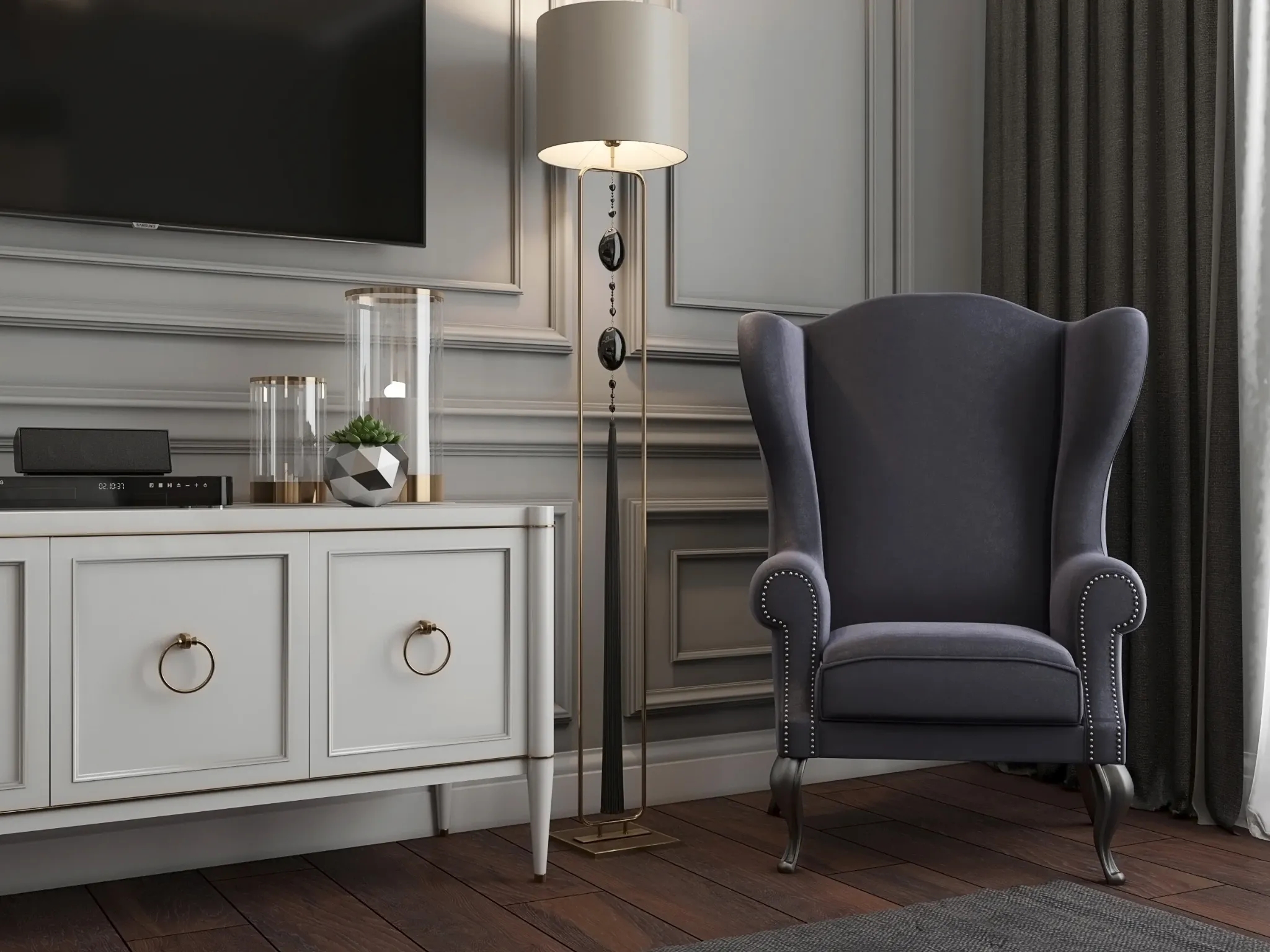
Multi-purpose visual assets that support sales
Every rendering you invest in should be reusable beyond one pitch or client meeting.
We treat every interior project as a content package:
- Final images optimized for print, web, and social
- Optional short video loops or animations
- Stylized hero shots for use on your homepage or in PR
A great rendering does more than secure client buy-in. It enhances your brand.
As the competition in interior design grows, and clients become savvier, trust becomes your most valuable currency. The wrong rendering creates unrealistic expectations. The right one builds confidence.
In our experience, the most effective 3D rendering in interior design aligns visual clarity with emotional storytelling.
Clarity beats flash. And your visual assets should earn trust before they dazzle.
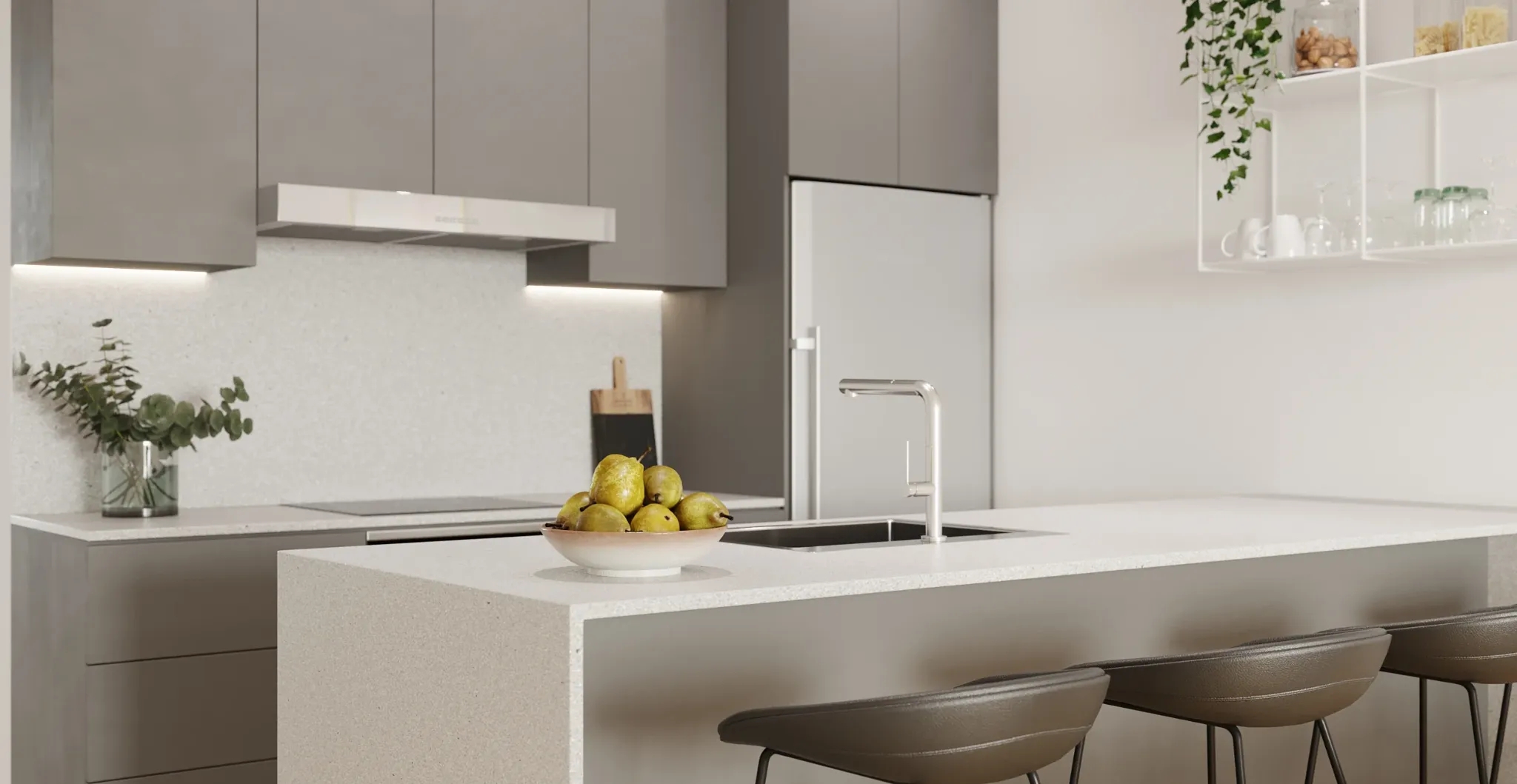
Choose smarter interior visualization, not prettier
There’s still a myth in the industry: that "photorealistic interior rendering" equals "professional."
We’ve seen interior design renderings that are visually striking (with cinematic shadows and Instagram-ready moods) but that misrepresent key details.
This disconnect causes client confusion, scope creep, and trust issues. That’s why we advocate for interior rendering as a form of visual clarity, not decoration.
In 2025, you can’t afford to waste time on providers who don’t understand that.
Choose a 3D rendering company that supports your process, respects your design intent, and helps you deliver clarity at every stage.
If your current provider isn’t helping you build trust, it may be time to find one who will.


